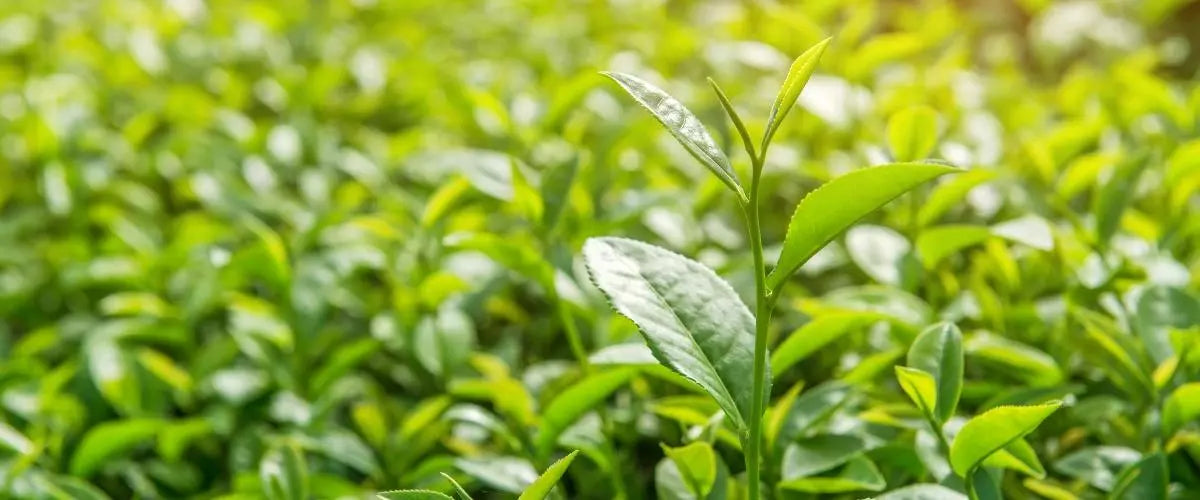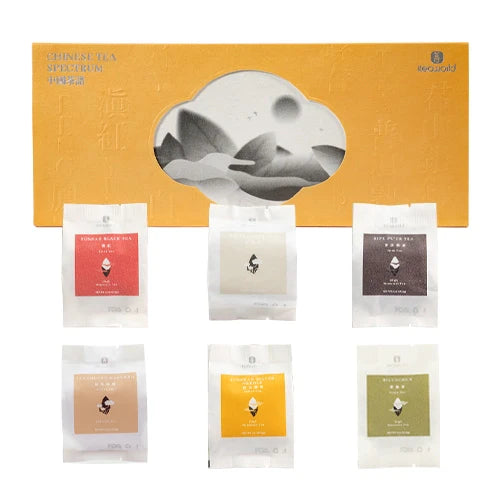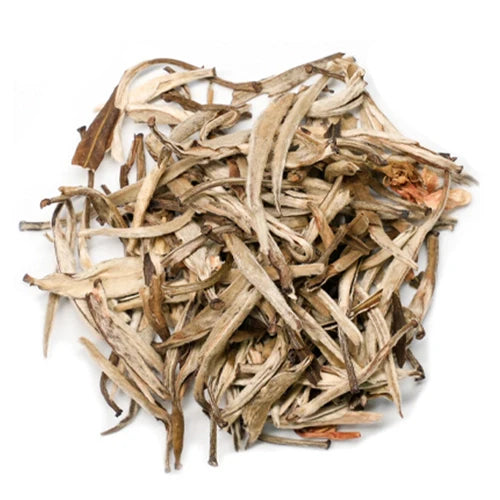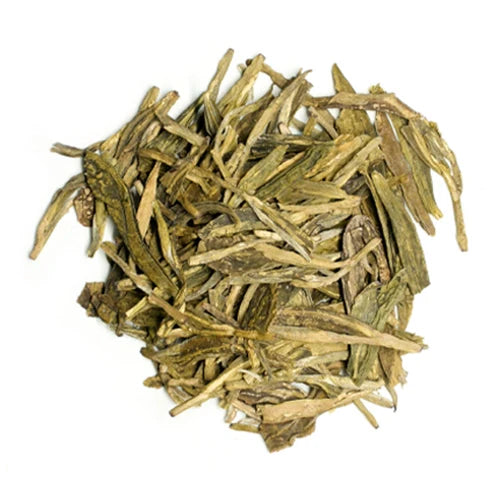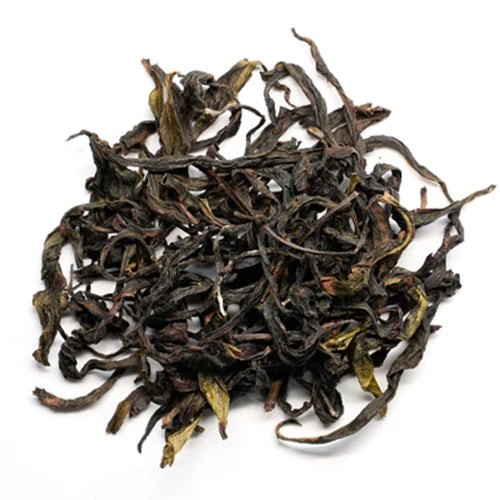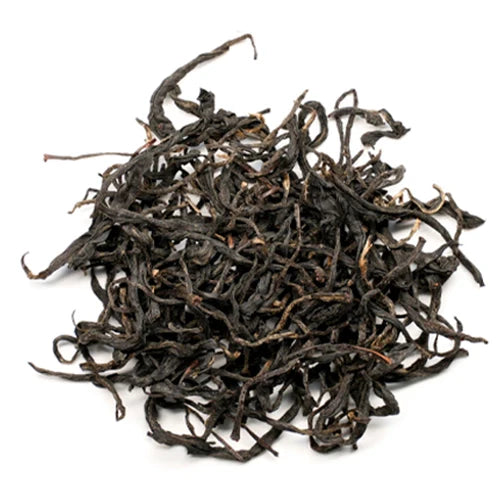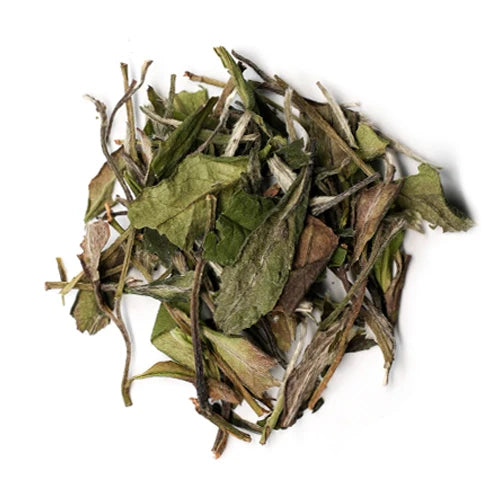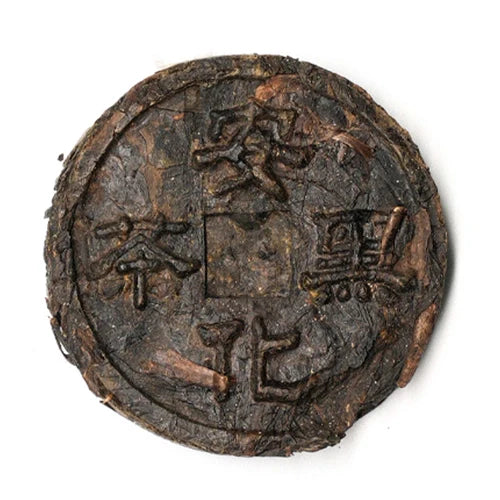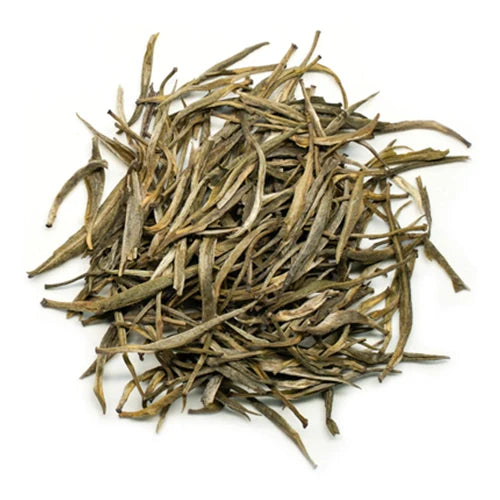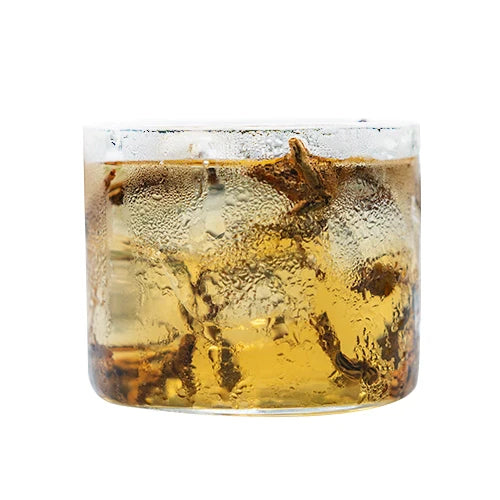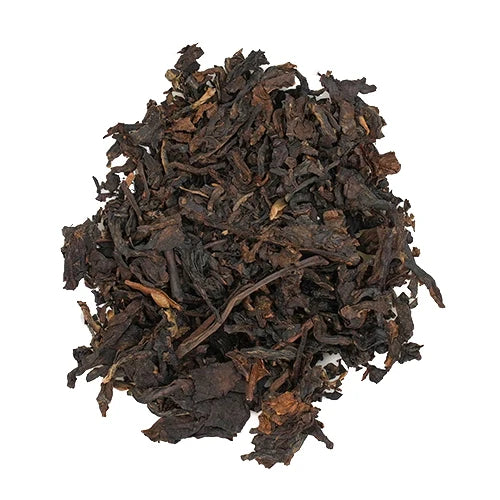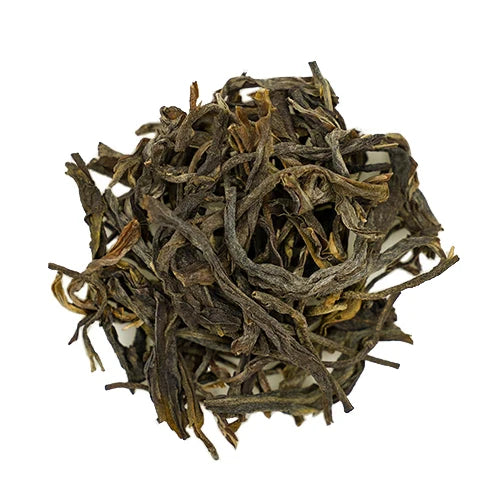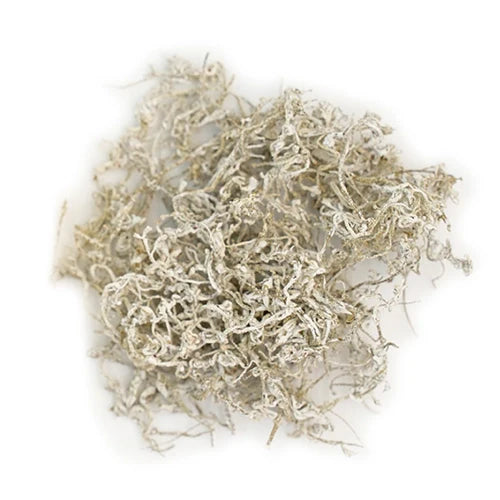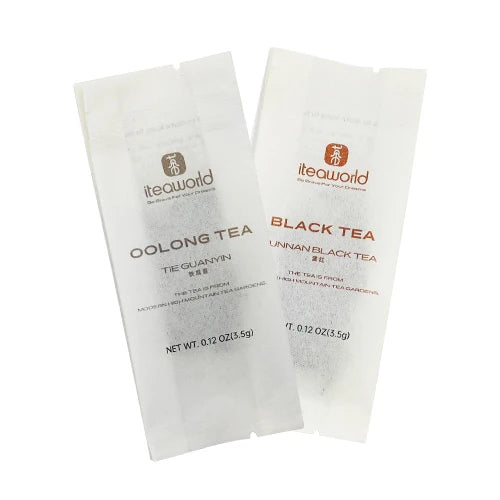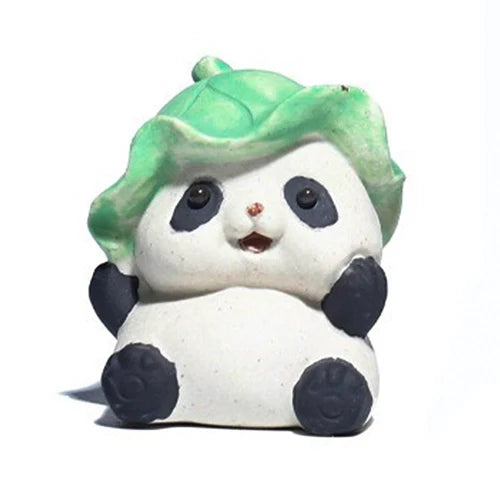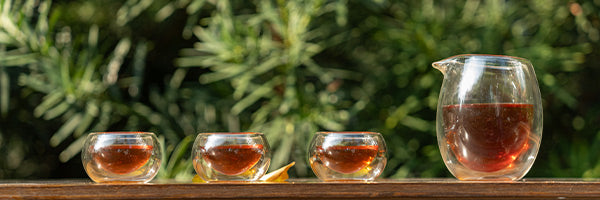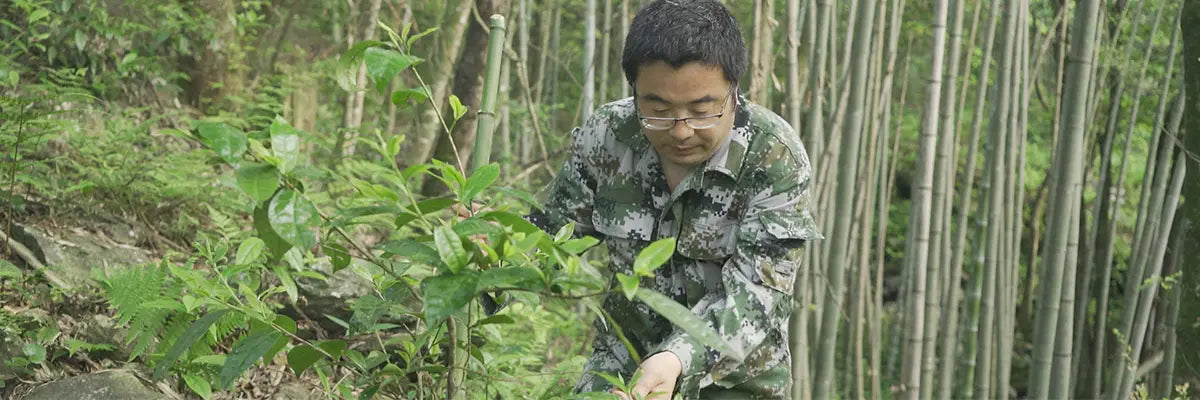History of Huangshan Maofeng Green Tea
Tea Grown in the World’s Most Unique Mountain
Historical Legend of Huangshan Maofeng
Distribution and Tea Leaf Differences of Huangshan Maofeng

Overview of Different Regions’ Maofeng
- Huizhou District and Huangshan Scenic Area Maofeng: Yellow-green appearance, but high-quality flavor and aroma.
- General Qimen Maofeng: Smaller, refined shape but slightly weaker aroma.
- Shexian Maofeng: Greenish color, pleasing appearance, and medium to upper-level flavor.
Varieties of Huangshan Maofeng
Grading Standards for Huangshan Maofeng
The grading of Huangshan Maofeng is stringent. The top-grade Maofeng is made from fresh leaves with one bud and one leaf or initial two leaves, possessing high quality. Different grades of Huangshan Maofeng each have unique flavor characteristics:
- One Bud One Leaf: This is the high-grade Maofeng, with tender leaves, a green sheen, and golden-yellow fish leaves, known as "golden slices." The tea soup is clear and bright, with a fresh taste and elegant aroma typical of Huangshan Maofeng.
- One Bud Two Leaves: This level of Huangshan Maofeng has a richer flavor and improved brew strength. While its aroma may not be as delicate as that of one bud one leaf, it still retains the fresh characteristics, with a more pronounced taste.
- One Bud Three Leaves: This Maofeng has a higher level of maturity in its leaves, with a rich and smooth flavor that is also more resilient to brewing. Its aroma is stable while maintaining the fresh scent of Huangshan Maofeng.
Production Process of Huangshan Maofeng
Whether using traditional hand-kneading or modern machines, the current production of Maofeng primarily employs the "烘青" process (baking green) and the stir-frying method has almost become obsolete. The commonly used production processes include: spreading green - killing green - shaping - baking (three times). Another method includes a kneading step, which introduces: spreading green - killing green - kneading - baking.
Key Points that Affect Quality
- Most Huangshan Maofeng is now produced by machinery, and the killing green process is rarely performed by hand. Some producers still use charcoal for killing green, which enhances aroma.
- Kneading: Non-kneaded Maofeng highlights freshness, with a clear and sweet tea juice. Kneaded Maofeng has a richer tea juice and aroma. Typically, the tender leaves harvested before the Ming Festival do not undergo kneading; kneading is common for teas harvested after Guyu (Grain Rain).
- Baking: There are various baking methods, including charcoal baking, wood burning, and electric baking. It goes without saying that charcoal and wood baking produce the best aroma.
As a typical representative of baked green tea, the baking process for Huangshan Maofeng is quite complex:
The baking process consists of two steps. The first step is “hair fire” (sub-baking). Generally, four baking stoves are aligned, with the temperature starting from 90-95°C and gradually decreasing (by 5-7°C increments). Fresh out of the pot, the tea is placed on the first baking tray at higher temperature. When new tea is added, the previous batch is moved to the next tray in a sequential manner. This continues with light stirring every 5-7 minutes. After about 30 minutes, the tea will reach 70% dryness, at which point a process called “spreading and airing” is conducted. The thickness of the spread-out tea should be around 3 centimeters, and after 30-40 minutes, when the 70% dry tea starts to “re-humidify," a second baking process with the earlier tea is combined for the second baking step. The second step is “full fire” (final baking). Each batch is 1.5-2 kg, at a temperature of 65-70°C, with light stirring, starting with intervals of 15 minutes and gradually extending to 20 minutes until fully dry.
Flavor Characteristics of Huangshan Maofeng Green Tea
- Before the Ming Festival: Sweet and fresh, with hints of orchid and chestnut aroma.
- Before Guyu: Stronger aroma and prominent sweetness.
- After Guyu: May have some bitterness and is usually used for making stir-fried tea.
Wild Huangshan Maofeng
The most unique flavor comes from wild tea, which is usually picked around Guyu and tends to have a much higher aroma than ordinary tea garden tea. One sip delivers a prominent orchid fragrance that lingers pleasantly in the palate. Notably, after drinking Huangshan Maofeng, a sip of plain water a few minutes later reveals a sweet aftertaste.

Appearance of Huangshan Maofeng
In terms of flavor, high-quality Maofeng should be a tender yellow-green color, sometimes likened to ivory. The best flavor comes from one bud one leaf, with a clear yellow soup and a distinct cooling, fragrant taste. The orchid aroma is undoubtedly the hallmark of Maofeng. Some claim to detect a chestnut fragrance, but this typically arises from high-temperature baking rather than a hallmark of the tea itself. Unlike Longjing tea’s strong bean aroma, Huangshan Maofeng offers a subtle, elegant scent, reminiscent of a refined lady - understated yet approachable.
Common Misconceptions
- High-altitude tea sprouts later than low-altitude tea: This is not always the case.
- Orchid aroma: Not every Maofeng has it; genuine tasting is necessary.
- Handmade tea: Market availability of handmade tea is now extremely limited.

How to Brew Huangshan Maofeng for Best Results
Tea Ware Suggestions: It is recommended to use a glass or white porcelain gaiwan for brewing green tea. The high transparency of glass and porcelain allows drinkers to visually observe the tea leaves unfolding in water and the color changes of the tea soup, enhancing the enjoyment of tea tasting. Additionally, glass and porcelain do not alter the taste of tea, preserving the original color, aroma, and flavor, unlike colored ceramic or metal teapots which may affect the tea's true taste.
Water Temperature: Avoid using boiling water (100℃) immediately as it may harm the freshness of the leaves. Control the water temperature between 75-90℃; the gentler the tea leaves, the lower the brewing temperature should be.
Brewing Method: Do not pour water directly onto the tea leaves, as tender green tea leaves can be damaged. Instead, pour hot water into the cup at a higher point, allowing the water to cascade and swirl the leaves for an even infusion.
Quick Infusion: Tender green tea can become bitter with prolonged brewing. Although Huangshan Maofeng is less likely to become bitter, it is recommended to brew for 1 minute before tasting. If a stronger flavor is desired, you may extend it to 2 minutes.
Tea-Water Ratio: Generally, the recommended ratio for Huangshan Maofeng is 1:80, meaning 2g of tea should use 160ml of water.
Brewing Times: Typically, Huangshan Maofeng can be steeped 3-4 times. For "grandfather-style" brewing in a glass, where tea and water are not separated, it is preferable to leave about 1/3 of the tea soup in the cup while adding new water to maintain a consistent concentration.
Storage of Huangshan Maofeng
- The moisture content of green tea should be kept as low as possible, under 6%, and tea producers should strictly control the moisture content of finished tea.
- The storage environment should maintain low relative humidity, ideally below 60%.
- Tea leaves should be kept away from odors.
- Avoid direct sunlight. Light can affect tea quality, and prolonged exposure to strong light can damage chlorophyll, leading to faded color and degraded quality. Sun exposure can also introduce stale flavors that make the tea undrinkable.
- Prevent crushing the tea leaves. Avoid putting pressure on the leaves to keep their beautiful appearance.
- Low-temperature storage of the green tea should ideally be between 0-10℃.





